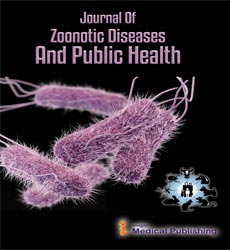Herbal Medicines - The Evidence Base
Abstract
The use of herbal medicines expanded globally during the last decade in national health care systems in developing and developed countries. A survey conducted by Eisenberg et al, in 1998 involving 1,539 adults showed that 34% used at least one unconventional therapy in the past year and a third of these saw providers for unconventional therapy. Greatest use was among patients 25-49 year olds, with higher education and higher income. Patients used herbs for chronic and life threatening problems. Of those who used unconventional care for life threatening conditions, 83% also consulted a medical doctor. 72% of the unconventional medicine users did not advise their medical doctor. One third of them had adverse effects ranged from mild to severe. Studies indicated that the majority of herbal medicines are subjected to limited efficacy and safety testing. The quality of these products is also of a concern. A study published in JAMA (2004) showed that 20% of the herbal medicine products from south Asia contained potentially harmful levels of lead, mercury and/or arsenic as measured by X-ray fluorescence spectroscopy. Most physicians do not receive formal education on herbal medicine therapies, which necessitates the developing of appropriate training programs. This presentation summarizes an evidence-based approach to understand the safety, efficacy and quality of herbal medicines in clinical practice.
Open Access Journals
- Aquaculture & Veterinary Science
- Chemistry & Chemical Sciences
- Clinical Sciences
- Engineering
- General Science
- Genetics & Molecular Biology
- Health Care & Nursing
- Immunology & Microbiology
- Materials Science
- Mathematics & Physics
- Medical Sciences
- Neurology & Psychiatry
- Oncology & Cancer Science
- Pharmaceutical Sciences
